Summary:
The Silk Road, a network of ancient trade routes, holds a unique place in history because of the profound impact it had on the geopolitical and
socio-economic dynamics of the countries it connected. This article examines the history and heritage of the Silk Road and its uses and roles in economic, political and social fields. In addition, it explores the specific case of Iran (Persia) and highlights its connections and relationships through the Silk Road and its enduring cultural power in the region.
Introduction:
The Silk Road is an iconic symbol of human interaction that facilitates cultural exchange and trade over vast distances. This vast network of trade routes with roots more than two thousand years ago spread across Asia, connecting East and West and transforming the lives of countless people. This article examines the rich history, current affairs and positive aspects of the Silk Road in ancient and contemporary times; with a special focus on the complex connections and relations of Iran (Pars) in this legendary passage. We will have a brief overview of the Silk Road and its historical importance. The significance of the Silk Road is as a network of trade routes that
connected civilizations and fostered cultural exchange. The purpose of this article is to provide a comprehensive understanding of the historical context surrounding the development of trade networks and their importance in fostering cultural exchange and economic growth.
Historical overview:
The birth of the Silk Road during the Han Dynasty was an important moment in the history of trade and cultural exchange. The expansion and consolidation of the power of the Han Dynasty led to the opening of new trade routes, strengthening the connections between China, Central Asia and the Mediterranean. Zhang Qian, a prominent figure during this era, played an important role in establishing these connections through his missions in Central Asia. His diplomatic efforts helped initiate trade and diplomatic relations between the Han Dynasty and various Central Asian kingdoms.
Early trade along the Silk Road included a wide variety of goods including silk, spices, precious metals, and other luxury goods from the East, while in return, products such as glassware, grapes, and other cultural innovations and Technology made its way into the country. West of the Silk Road, China not only facilitated the exchange of goods, but also played an important role in the transmission of ideas, technologies, and cultural practices across vast areas. This period marked the beginning of a vibrant period of intercultural interaction that had a lasting impact on the societies involved.
The Silk Road consisted of several interconnected routes that facilitated trade and cultural exchange between East and West. The Northern Route, also known as the Northern Silk Road, stretched from the ancient Chinese capital of Chang'an (now Xi'an) to the Mediterranean, passing through key cities such as Dunhuang, Turpan, and Samarkand. This route played a decisive role in the transfer of goods and ideas, connecting China to Central Asia and beyond. The Southern Route or the Southern Silk Road was a network of trade routes that stretched from China to the Indian subcontinent, Southeast Asia, and finally to the Mediterranean. It passed through important cities such as Chengdu, Xi'an, and Guangzhou in China and south to important trading ports such as Calcutta and Kowloon in India. The maritime route, also known as the Maritime Silk Road, included sea routes that connected China to Southeast Asia, the Indian Ocean, the Arabian Peninsula, and East Africa. This route was important in facilitating trade in luxury goods, spices and other goods, with key ports such as Guangzhou, Guangzhou and Malacca serving as trading hubs. Land routes, including the northern and southern routes, were vital arteries for the movement of goods, technologies, and cultures, promoting economic exchange and cross-cultural interactions across regions. These routes fostered the exchange of silk, spices, precious metals, and other valuable goods, as well as the spread of knowledge, religions, and artistic influences.
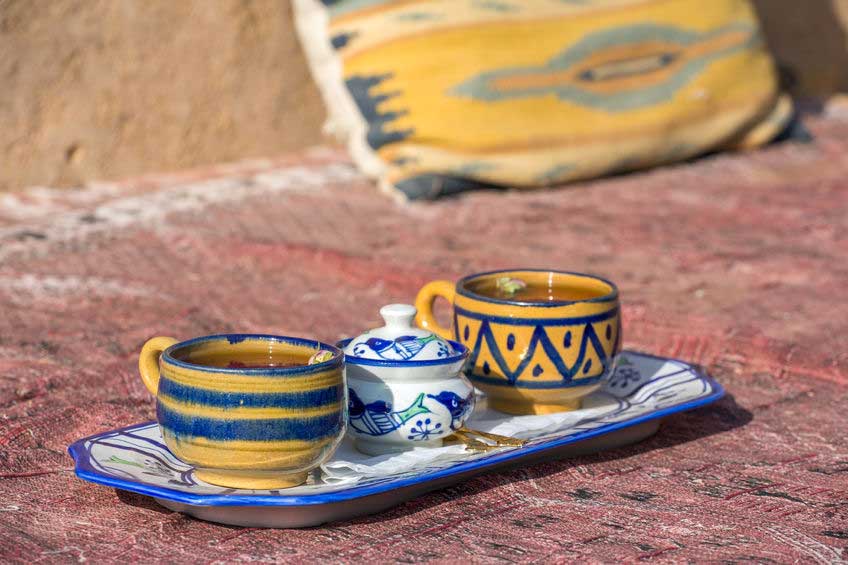
These routes fostered the exchange of silk, spices, precious metals, and other valuable goods
The emergence and development of the Silk Road was influenced by several interconnected factors that shaped its course over time. At the political level, the expansion and consolidation of the power of the Han dynasty played a key role in opening new trade routes and establishing diplomatic relations with neighboring regions. Economically, the demand for luxury goods, such as silk, spices, and precious metals, in both the East and the West led to the growth of trade networks. The Silk Road also facilitated the exchange of agricultural products, technologies and cultural innovations, enriching the economic landscape of the interconnected regions. From a technological perspective, advances in transportation, such as the development of the camel saddle, and navigational techniques for maritime trade improved the efficiency and safety of long-distance travel and trade along the Silk Road.
Cultural exchange and religious influences played an important role in shaping the interconnected societies along the Silk Road. The exchange of ideas, languages, art, and religious beliefs contributed to the rich tapestry of cross-cultural interactions that characterized the Silk Road. Environmental factors, including geographic terrain and weather conditions, have shaped routes and influenced the expansion of agriculture as well as the movement of goods and people over vast areas. In addition, the security measures adopted by traders, such as the establishment of caravan stations, the use of safe passage treaties, and the use of armed escorts, helped reduce the risks associated with long-distance trade and contributed to the safety and stability of trade networks.
The decline of the Silk Road can be attributed to several factors. One of the important factors was the fall of the Han Dynasty in China in the third century AD. The Han Dynasty played an important role in facilitating trade along the Silk Road, providing stability and protecting merchants. With the collapse of this dynasty, the Silk Road lost its central authority, leading to a decline in trade and increased insecurity along the route. Another factor that contributed to the decline of the Silk Road was the emergence of new maritime trade routes. As maritime
technology advanced, traders began to explore alternative routes that bypassed the land-based Silk Road. For example, Indian Ocean trade routes became increasingly popular, providing faster and safer transport of goods between Asia, Africa and Europe.
Changes in political power also contributed to the decline of the Silk Road. The rise of the Mughal Empire in the 13th century brought about significant changes in trade patterns. The Mongols established a vast empire that stretched from China to Eastern Europe and facilitated trade and cultural exchange. However, with the collapse of the Mongol Empire, political instability and conflict disrupted trade along the Silk Road. The influence of European exploration in the 15th and 16th centuries further contributed to the decline of the Silk Road. European explorers, such as Vasco da Gama and Christopher Columbus, sought new trade routes to Asia, bypassing the Silk Road altogether. The discovery of sea routes to Asia not only reduced the importance of the Silk Road, but also led to the colonization and dominance of European powers on Asian markets.
Despite its decline, the Silk Road has left a lasting legacy. The exchange of goods, ideas and cultures along the Silk Road played
an important role in the formation of civilizations in Asia, Europe and Africa. The Silk Road facilitated the spread of religions such as Buddhism, Islam, and Christianity, as well as the exchange of knowledge, technology, and artistic traditions. Today, there is a renewed interest in revitalizing the Silk Road through initiatives such as the Belt and Road Initiative, which seeks to promote economic cooperation and connectivity between Asia, Europe and Africa. The legacy of the Silk Road continues to inspire global trade and cultural exchange.
Economic effect:
The Silk Road was not just a channel for the exchange of goods. It was an economic lifeline that connected civilizations and facilitated economic growth. This section examines the economic impact of the Silk Road and its role in boosting trade, developing infrastructure, and expanding new markets and innovations. The Silk Road, a network of trade routes connecting Asia, Europe, and Africa, had a profound economic impact on the civilizations it came into contact with. While often associated with the exchange of goods, the Silk Road was much more than a conduit for trade. It served as an economic lifeline that connected civilizations and
facilitated economic growth.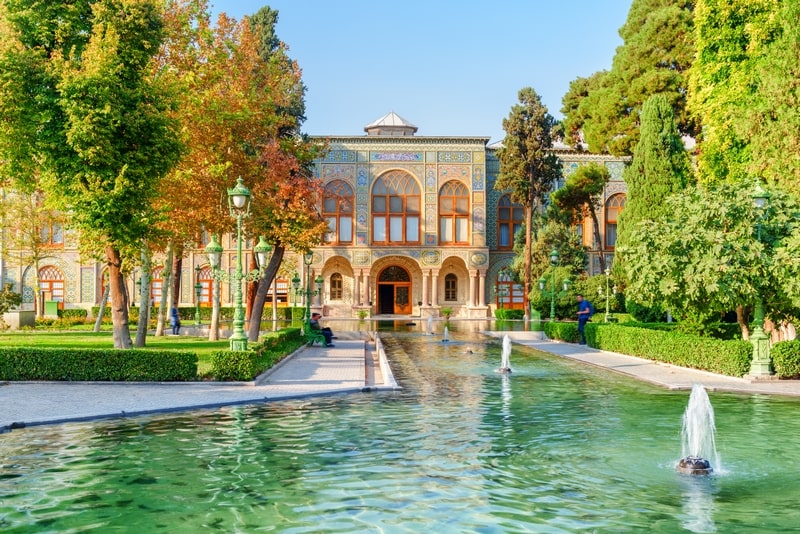
Local economies flourished by becoming hubs of commerce and creating job opportunities
One of the key economic effects of the Silk Road was the strengthening of trade between different regions. The Silk Road allowed for the exchange of goods such as silk, spices, precious metals, and luxury items that were highly sought after by various civilizations. This trade not only enriched the merchants involved, but also stimulated economic activity in the areas along the route. Local economies flourished by becoming hubs of commerce, attracting merchants and creating job opportunities. In addition, the Silk Road played an important role in infrastructure development. In order to facilitate trade, civilizations along the way invested in building roads, bridges, and other transportation networks. These infrastructural developments not only improved connectivity but also fueled economic growth. The construction of roads and bridges created employment and enabled the efficient movement of goods, reduced transportation costs, and increased the volume of trade.
The Silk Road also played a significant role in expanding markets and new innovations. As merchants traveled along the route, they not only traded goods, but also shared knowledge, ideas, and technology. This exchange of information led to the expansion of new markets and the introduction of innovative products and techniques. For example, the introduction of papermaking from China to the Islamic world revolutionized the way information was recorded and disseminated and led to the growth of education, management, and commerce. In addition, the Silk Road
facilitated cultural exchange that had economic consequences. As different civilizations interacted along the way, they not only exchanged goods, but also shared cultural practices, languages, and religions. This cultural exchange led to the development of new markets and diversification of economic activities. For example, the introduction of Buddhism from India to China led to the establishment of Buddhist monasteries and the growth of pilgrimage tourism, which stimulated the local economy.
The Silk Road had a profound economic impact on the civilizations it connected. It boosted trade, stimulated infrastructure development, and facilitated the expansion of new markets and innovations. The economic lifeline created by the Silk Road not only enriched merchants, but also prospered the regions along the route. It acted as a catalyst for economic growth and cultural exchange, leaving a lasting legacy on the civilizations it touched.
Political importance:
Beyond the economic consequences, the Silk Road was also of great political importance. This section examines the political dynamics that shaped the Silk Road, focusing on the diplomatic relations, governance systems, and power struggles that arose along the way. Furthermore, it highlights the delicate balance between cooperation and conflict that
characterizes the interaction between countries on the Silk Road.
One of the key political importance of the Silk Road was the establishment of diplomatic relations between different civilizations. As merchants traveled along the route, they not only traded goods, but also engaged in diplomatic negotiations and established diplomatic missions. These diplomatic interactions helped strengthen peaceful relations between countries and facilitated conflict resolution. Diplomatic missions were often accompanied by cultural exchanges that further strengthened political relations and promoted understanding between civilizations.

These governance systems not only facilitated trade but also helped maintain political stability and order
The Silk Road also played an important role in shaping governance systems. As trade flourished along the way, civilizations had to develop mechanisms to regulate and protect trade. This led to the development of legal systems, customs regulations and trade agreements. These governance systems not only facilitated trade but also helped maintain political stability and order. They provided a framework for resolving disputes, supporting traders and ensuring the smooth functioning of trade networks. In addition, the Silk Road was not immune to power struggles and conflicts. This route passed through different regions with different political entities, and competition for control of trade routes often led to conflict. Competing civilizations and empires sought to dominate key trading centers and gain control over profitable trade routes. This led to power struggles, military struggles, and the establishment of empires that sought to control and tax trade along the Silk Road.
However, despite the potential for conflict, the Silk Road also fostered cooperation and peaceful coexistence between nations. The interdependence created by trade along the route necessitated cooperation and the establishment of diplomatic relations. Countries realized the benefits of maintaining peaceful relations and ensuring the security of trade routes. This led to the formation of alliances, the signing of treaties and the creation of diplomatic protocols to maintain trade and promote stability. In addition, the Silk Road facilitated the spread of ideas and ideologies that had political implications. As traders traveled along the route, they not only traded goods, but also shared knowledge, philosophy, and religious beliefs. This led to the spread of ideologies such as Buddhism, Islam, and Christianity, which influenced political systems and government structures. For example, the spread of
Buddhism from India to China led to the establishment of Buddhist monasteries and the incorporation of Buddhist principles into Chinese governance.
The Silk Road had political significance beyond its economic consequences. It facilitated diplomatic relations, shaped governance systems, and influenced wars and power struggles. A delicate balance between cooperation and conflict characterizes the interaction between nations on the Silk Road. This path strengthened peaceful relations, created alliances and spread ideas and ideologies. The political dynamics of the Silk Road played an important role in shaping the civilizations it connected and had a lasting impact on the political landscape of the regions along the route.
Social and cultural exchange:
The Silk Road was not just a conduit for goods. This was a lively bridge for the exchange of ideas, beliefs and customs. This section explores the deep cultural exchanges fostered by the Silk Road. It especially emphasizes the role of Iran (Persia) in the dissemination of cultural heritage and the integration of eastern and western
cultures in this ancient highway.
the Silk Road was also a catalyst for profound social and cultural exchanges
The Silk Road was a vast network of trade routes that connected East and West and spanned thousands of miles from the Eurasian continent to the shores of the Mediterranean Sea. While often recognized for its importance in facilitating the exchange of goods, the Silk Road was also a catalyst for profound social and cultural exchanges. This bridge served as a vibrant bridge for the transmission of ideas, beliefs and customs and shaped societies and civilizations along its paths. One of the regions that played a decisive role in this cultural exchange was Iran, which was also known as Pars. Iran, which is located at the crossroads of the Silk Road, was a central pole for the transfer of cultural heritage. Throughout history, Iran has been a melting pot of diverse cultures, with influences from the Middle East, Central Asia, and the Indian subcontinent. The country's strategic location on the Silk Road allowed it to act as a cultural conduit and facilitate the exchange of ideas between East and West.
One of the most prominent cultural exchanges promoted by the Silk Road was the dissemination of Iran's cultural heritage. Iran, with its rich history and civilization, had a profound impact on the societies along the Silk Road. Persian culture, language and literature spread widely and influenced the development of various regions along the way. Persian scholars and merchants played a decisive role in spreading their cultural and intellectual traditions. Literary works and religious texts were important elements of cultural exchange along the Silk Road.
Persian literature, including epic poems such as the Shahnameh (Book of Kings), crossed the Silk Road and influenced the literary traditions of other regions. The Shahnameh, an epic that narrates the mythological and historical stories of Iran, captivated the imagination of the readers of the Silk Road and beyond. Its themes of heroism, love, and moral teachings resonated with diverse cultures and provided a shared cultural experience. In addition, Iran's participation in religious thought and practice also left an indelible mark on the cultural exchanges of the Silk Road. Zoroastrianism, one of the world's oldest monotheistic religions, originated in ancient Iran and spread along the Silk Road. Its influence can still be seen in areas such as Central Asia, where Zoroastrian customs and beliefs have been integrated into local religious practices.
In addition to spreading its cultural heritage, Iran acted as a melting pot, mixing Eastern and Western cultures along the Silk Road. The Silk Road facilitated the movement of people from different backgrounds, resulting in a fusion of artistic, architectural and culinary traditions. This cultural fusion is evident
in the architecture of the cities along the Silk Road, where Iranian, Chinese, Indian and Central Asian influences can be seen in the design and construction of mosques, palaces and other architectural wonders.
The use of foreign elements in local traditions is exemplified by the silk trade, which earned the name Silk Road. Chinese silk was highly prized in the West and its trade brought not only luxurious fabrics but also artistic techniques and designs. The influence of Chinese silk can be seen in various forms of artwork, including paintings, tapestries, and ceramics, found along the Silk Road. These intricate artworks reflect a fusion of Eastern and Western art styles,
creating a unique blend that characterizes the cultural exchanges of the Silk Road.
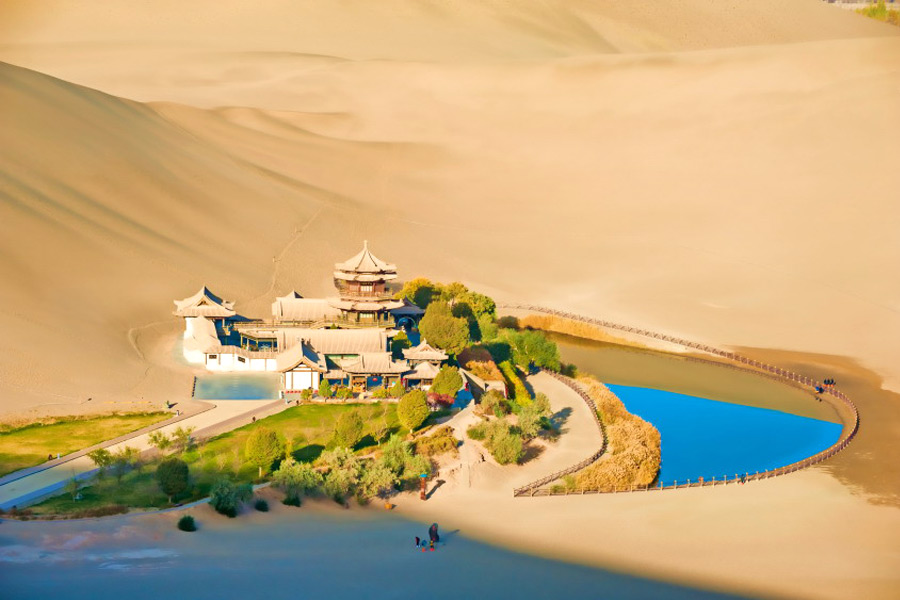
The interaction between different peoples, languages and religions helped develop a global society
One of the important aspects of the Silk Road cultural exchange was the spread of Buddhism from India to East Asia. Buddhist monks and pilgrims traveled along the Silk Road, carrying their religious teachings and scriptures with them. Iran served as an important link in this transition, allowing Buddhists to interact with other religious communities and helping to spread and develop Buddhism throughout the Silk Road. Cultural exchanges facilitated by the Silk Road were not limited to Iran. The interaction between different peoples, languages and religions helped develop a global society along the way. Merchants, scientists, and artisans from different cultures and backgrounds came into contact with each other, sparking intellectual and artistic exchanges. The exchange of knowledge and ideas created an environment of cultural tolerance and mutual understanding and enriched the societies that flourished along the Silk Road. Consequently, the Silk Road was not merely a conduit for goods. This was a lively bridge for the exchange of ideas, beliefs and customs.
With its strategic location on the Silk Road, Iran played an important role in spreading its cultural heritage and facilitating the integration of Eastern and Western cultures.
Persian literature, religious beliefs and artistic traditions spread widely and shaped the societies and civilizations of the Silk Road. Cultural exchanges fostered by the Silk Road created a global environment that celebrated diversity and laid the foundation for the development of a common cultural heritage.
Communication and relations of Iran (Persia) through the Silk Road:
This section examines the specific case of Iran (Pars), its historical and contemporary links and relations through the Silk Road. It examines Iran's strategic position as a vital link along the Silk Road, facilitating trade between Europe, Asia and Africa. In addition, it examines Iran's cultural power and contribution to art, literature, and architecture that spread through the Silk Road.
The Silk Road has played a pivotal role in connecting civilizations and facilitating the exchange of goods, cultures and ideas between East and West.
This ancient network of trade routes crossed vast lands, connecting China to the Mediterranean Sea and passing through Central Asia, including present-day Iran. Iran, historically known as Iran, played an important role in the Silk Road network, serving as a vital link that facilitated trade and cultural exchange between Europe, Asia, and Africa.
Historical context:
Iran's strategic position as a vital link on the Silk Road can be traced back to ancient times. The Iranian Empire, especially during the Achaemenid, Parthian and Sasanian periods, controlled vast territories that stretched from the eastern Mediterranean to the Indus River. This geographical spread allowed Iran to take advantage of its position as a crossroads for trade between East and West. The Silk Road, along with other trade routes, enabled Iran to become a center for the exchange of silk, spices, precious metals, and other goods between China, India, Central Asia, and the Mediterranean.
The Silk Road also served as a conduit for knowledge, ideas and cultural practices. Persian scholars and artisans were actively present in this exchange and contributed to the flow of intellectual and artistic achievements. Iran's cosmopolitan cities, such as Persepolis, Pasargad, and Isfahan, attracted merchants, travelers, and scholars from across the Silk Road and fostered
a rich intercultural environment.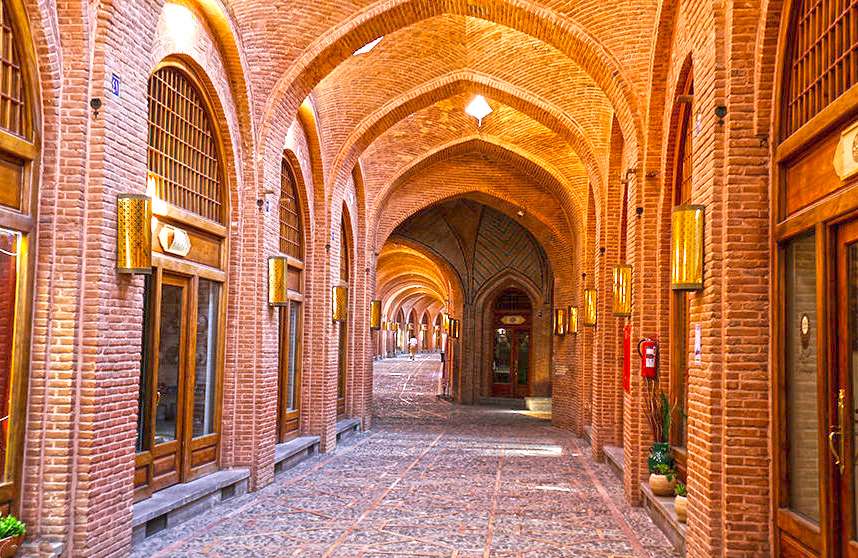
Iranian architecture and motifs spread along trade routes and shaped the environment of regions
Synergy and cultural diffusion:
Iran's cultural power and participation in art, literature and architecture had a profound impact on the Silk Road. Iranian arts and crafts, including intricately woven carpets, ceramics, and metalwork, were goods traded along the Silk Road. In addition, Persian literature, especially the works of poets such as Maulana, Hafez and Ferdowsi, reached distant lands through the Silk Road and influenced
the literary traditions of different cultures.
The architectural wonders of Iran, including the grandeur of Persepolis and the intricate designs of Isfahan's mosques and palaces, left an indelible mark on the Silk Road. Iranian architectural techniques and motifs spread along trade routes and shaped the construction environment of regions as far as Central Asia, the Indian subcontinent, and even China. The lasting influence of
Iranian architecture can be seen in the elaborate tiling, domes, and minarets that adorn structures throughout the Silk Road region and are a testament to the lasting legacy of Iran's contributions.
Contemporary communication and business relations:
In contemporary conditions, Iran is still an important player in the global trade network and the Silk Road continues to act as a conduit for economic exchanges. The revival of the ancient Silk Road under China's Belt and Road Initiative has drawn renewed attention to Iran's strategic position as a key node in the modern iteration of the Silk Road. The development of transportation infrastructure, including railways and ports, has strengthened Iran's role as a vital link in facilitating trade between Europe, Asia and Africa. In addition, Iran's rich cultural heritage continues to attract visitors and enthusiasts from around the world, contributing to the tourism
industry and promoting cultural exchange. Preserving historical sites, promoting traditional handicrafts, and holding cultural festivals help highlight Iran's enduring cultural influence in the Silk Road region.
Iran's relations with the neighbors of the Silk Road, especially in Central Asia and the Caucasus, are still significant in the fields of trade, energy cooperation and cultural diplomacy. The exchange of goods, technology and knowledge between Iran and the Silk Road partners continues to shape the dynamics of the region and promote mutual cooperation.
Iran's historical and contemporary links and relations through the Silk Road show its lasting importance as a central actor in the exchange of trade, culture and thought. Through its strategic location, cultural partnerships,
and contemporary trade relations, Iran has left an indelible mark on the Silk Road and shaped the path of civilizations that have traversed this ancient network. As the Silk Road continues to evolve in the modern era, Iran's role as a link and influencer in strengthening global cooperation and understanding between different cultures and societies is crucial.
Contemporary applications of the Silk Road:
While the original Silk Road has long since disappeared, its legacy continues to influence the contemporary world. This section examines how the spirit of the Silk Road can be revived through modern infrastructure projects, trade agreements and cultural exchanges. In addition, it highlights Iran's contemporary efforts to revive the economic and cultural importance of the Silk Road.
The ancient Silk Road, a network of trade routes that connected East and West, has left an indelible mark on human history. Although the physical routes have long since disappeared, the spirit of the Silk Road continues to inspire contemporary initiatives.
This section examines contemporary applications of the Silk Road, focusing on modern infrastructure projects, trade agreements, and cultural exchanges. In addition, it will highlight Iran's efforts to revive the economic and cultural
importance of the Silk Road in the present day.

the Belt and Road Initiative (BRI) 2013, aims to create a modern version of the Silk Road
Revival of the spirit of the Silk Road:
In recent years, there has been renewed interest in reviving the economic and cultural connections that characterized the Silk Road. This revitalization takes many forms, including infrastructure projects that seek to restore historic trade routes and stimulate economic
development. For example, the Belt and Road Initiative (BRI), launched by China in 2013, aims to create a modern version of the Silk Road by investing in infrastructure and connectivity across Asia, Africa and Europe. The BRI seeks to increase trade and strengthen economic cooperation along the ancient Silk Road routes by investing in ports, railways, highways and other projects. Additionally, contemporary trade agreements and partnerships reflect the influence of the Silk Road.
The establishment of the Eurasian Economic Union (EAEU), consisting of Armenia, Belarus, Kazakhstan, Kyrgyzstan, and Russia, is an example of a modern economic bloc that seeks to promote trade and integration along the Silk Road. Similarly, the China-Pakistan Economic Corridor (CPEC) aims to build a network of infrastructure and energy projects linking China's western regions with Pakistan's Gwadar port, extending the Silk Road to South Asia. Cultural exchanges also play a significant role in reviving the spirit of the Silk Road. Various initiatives promote the exchange of ideas, arts and traditions among countries historically connected by the Silk Road. Through exhibitions, festivals and academic exchanges,
contemporary cultural initiatives help preserve and appreciate the shared heritage along ancient trade routes.
Iran's contemporary efforts to revive the Silk Road:
Iran, a key player in the historic Silk Road, is actively trying to revive the economic and cultural importance of this ancient trade route. The country's strategic location at the crossroads of the Middle East, Central Asia and South Asia makes it a vital link in the modern Silk Road network. Iran's investments in infrastructure, especially in transportation and energy, are an integral part of this country's efforts to revive the Silk Road.
The development of transport corridors, such as the North-South Transport Corridor (NSTC) connecting India, Iran and Russia, and the Iran-Afghanistan Railway, underscore Iran's commitment to strengthening connectivity and trade along the historic Silk Road routes. he does. In addition, Iran's participation in energy projects, such as the
construction of pipelines and the development of renewable energy sources, contributes to the goal of the modern Silk Road for energy cooperation and resource sharing.
In addition to infrastructure development, Iran is actively pursuing trade agreements and partnerships that align with the spirit of the Silk Road. The country's participation in regional economic organizations, such as the Economic Cooperation Organization (ECO) and the Shanghai Cooperation Organization (SCO), shows the country's commitment to strengthening economic relations with its neighbors and beyond. In addition, Iran's participation in multilateral trade agreements, including the Eurasian Economic Union Free Trade Agreement and the BRI dialogue, reflect the country's efforts to capitalize on refocusing on the Silk Road trade routes.
Culturally, Iran continues to promote its rich heritage and
historical ties to the Silk Road through various initiatives. Preservation and promotion of ancient places such as the historical city of Isfahan and the caravanserais of the Silk Road will help the cultural revival of the Silk Road. In addition, Iran actively participates in cultural exchange programs, hosting international events and exhibitions that celebrate the shared traditions and art forms that flourished along ancient trade routes.

the legacy of the Silk Road serves as a source of inspiration
Conclusion:
Contemporary uses of the Silk Road represent a revival of the multifaceted spirit of connectivity, trade, and cultural exchange that characterized ancient trade routes. Modern infrastructure projects, trade agreements and cultural exchanges serve to revive the historical legacy of the Silk Road and strengthen
cooperation between countries. Iran's active participation in efforts to revive the Silk Road emphasizes the enduring relevance of this ancient trade network in the contemporary world.
As countries continue to seek new avenues for economic and cultural cooperation, the legacy of the Silk Road serves as a source of inspiration and a blueprint for building bridges between regions and civilizations in the 21st century. The Silk Road, with its rich historical roles and profound impact
on the economic, political and social aspects of the connected countries, remains a lasting testament to the resilience, connectivity and cultural exchange of human beings.
Dear Visitor; Please take a look at the list of 50 most visited websites in the world wide web: YouTube, Facebook, google, translate, gmail, weather, amazon, Instagram, cricbuzz, Hotmail, wordle, satta king, twitter, yahoo, yandex, sarkari result, Netflix, google maps, yahoo mail, roblox, whatsapp, NBA, BBC news, outlook, pinterest, flipkart, eBay, omegle, live score, tiktok, canva, ipl, premier league, hava durumu, ibomma, walmart, twitch, ikea, shein, linkedin, home depot, e devlet, lottery, snaptik, cricket, serie a, nfl, spotify, fox news, amazon prime; There is no book publishing related or project management website in this list. We are working hard to bring these important issues to the center of concentration of societies. Please introduce us via social media, share our website with others and help us to make our world a better place to live. Best Regards.












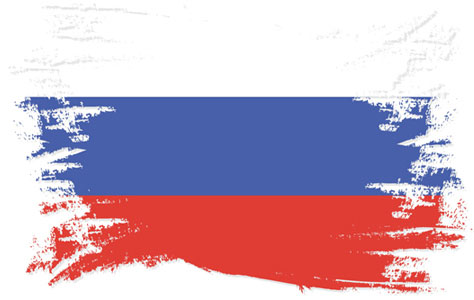

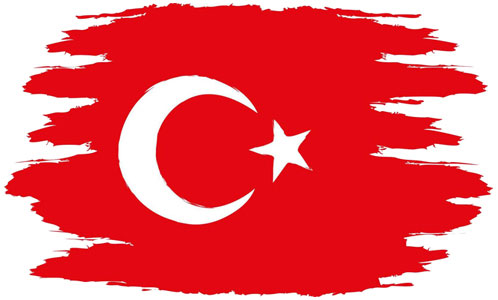



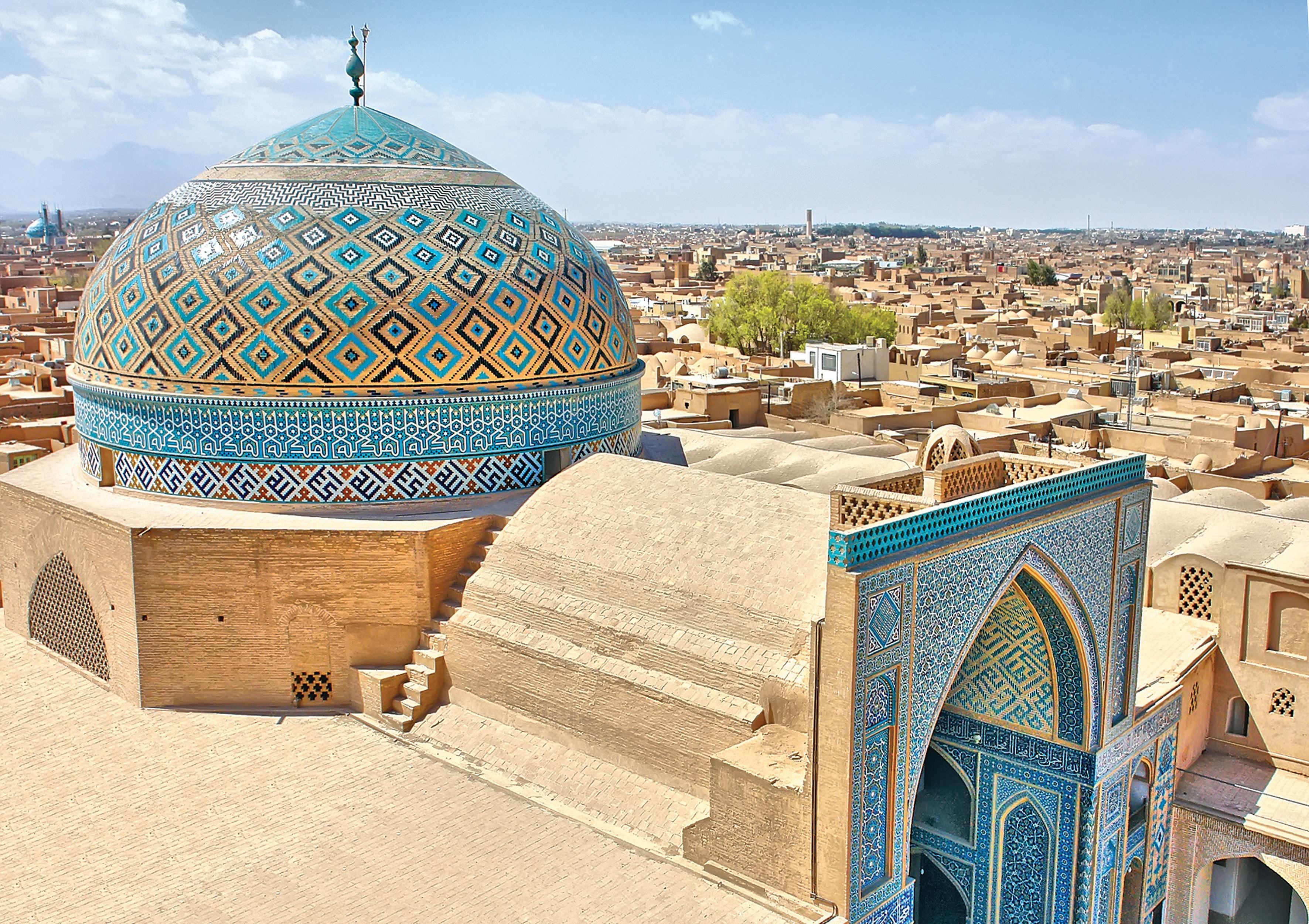
Write your review